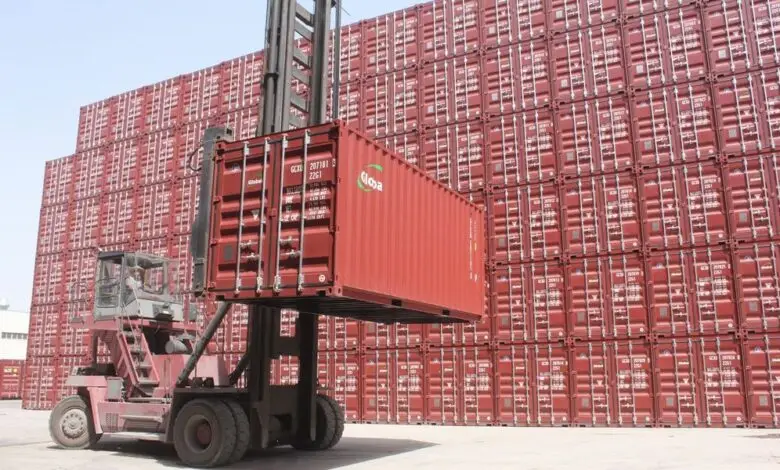What just happened in the container-leasing world?
US investment giant KKR has officially unveiled a new venture named Galaxy Container Solutions, targeting a US $500 million portfolio of container assets. The business will be backed by credit funds and accounts under KKR’s Asset-Based Finance division and is being positioned to ride the upswing in shipping container demand.
What’s in the plan?
- Galaxy Container Solutions will purchase containers and lease them to end-users—including shipping lines, leasing firms and logistic operators—creating a dedicated vehicle for container-asset investment.
- The strategy leverages KKR’s deep pockets and asset-finance know-how to capture returns as container-asset values and lease rates tick upward.
- By separating this business into a fresh platform, KKR aims for clarity of investment, risk management, and scale in a niche asset class that has been gaining interest among institutional investors.
Why now? What’s the opportunity?
- Container markets have shown signs of robust demand—driven by supply-chain disruptions, growing global trade volumes and shortages of available container units.
- Investing in leasing rather than owning shipping vessels gives exposure to a leveraged portion of the supply-chain ecosystem with potentially lower operating complexity.
- For investors seeking diversification in tangible assets, containers present a “real-asset” alternative that isn’t purely linked to freight-rate swings or ship-building cycles.
What are the risks and caveats?
- Asset values: Container unit values and lease rates can be volatile—they’re tied to global trade activity, port congestion and container equipment cycles.
- Leasing risk: The venture will need to manage lease durations, repositioning costs, repair and maintenance of container fleets—mistakes here can eat returns.
- Market saturation: If global container-supply expansions outpace demand, the lease-rate ceiling could compress, hurting profitability.
- Asset finance cycles: Unless containers are efficiently redeployed, residual value risk remains—especially as container technology, design or regulations change.









